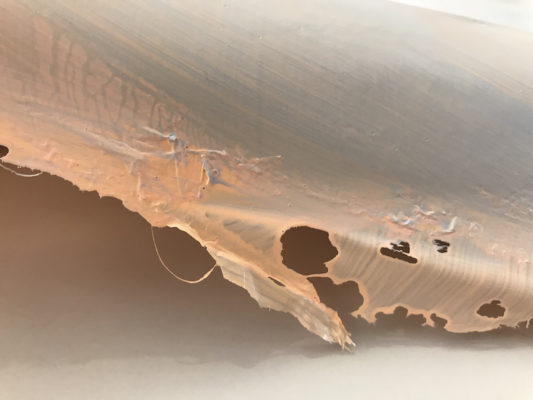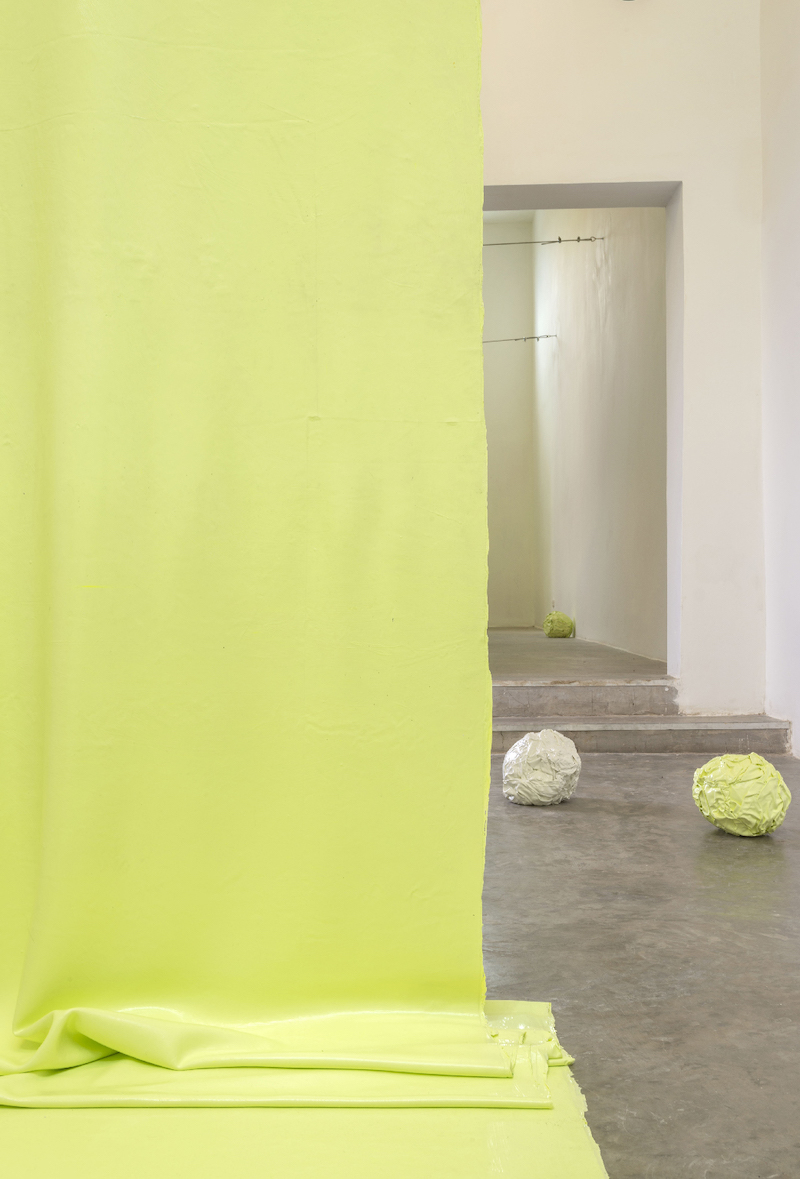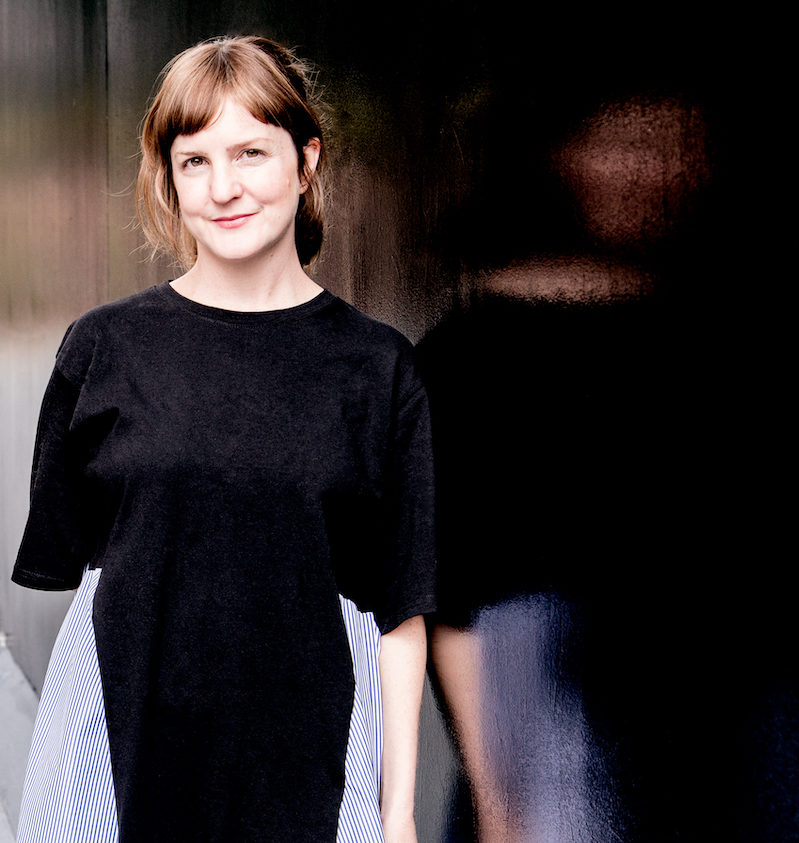Search
To search for an exact match, type the word or phrase you want in quotation marks.
A*DESK has been offering since 2002 contents about criticism and contemporary art. A*DESK has become consolidated thanks to all those who have believed in the project, all those who have followed us, debating, participating and collaborating. Many people have collaborated with A*DESK, and continue to do so. Their efforts, knowledge and belief in the project are what make it grow internationally. At A*DESK we have also generated work for over one hundred professionals in culture, from small collaborations with reviews and classes, to more prolonged and intense collaborations.
At A*DESK we believe in the need for free and universal access to culture and knowledge. We want to carry on being independent, remaining open to more ideas and opinions. If you believe in A*DESK, we need your backing to be able to continue. You can now participate in the project by supporting it. You can choose how much you want to contribute to the project.
You can decide how much you want to bring to the project.

An octopus in a viral video expands and contracts, gliding across the surface of a boat. Its tentacles retract and then reach out, grabbing onto the white deck of the boat and slowly sliding across it. Its slimy, shifting skin sucks at the architecture, shape shifting to be able to slip through a drain half its width and escape by falling into the sea.
A hot stone slides a few inches on top of a piece of dry land and reaches the edge of a cliff.
In the hands of a curator, a ceramic object moves from one side of the room to the other. Where is it going? The ceramic begins to heat up despite the protection of the gloves. The curator walks around the room again, positioning the object in a corner and stepping back to look at it. The curator gently collides with a pedestal located on the left side of the room, which wobbles a bit and moves to the right. The curator reflects, then turns and comes back, crouching down to move the object subtly into the middle of the space.
Steaming, the stone continues to absorb the sun’s rays while a light breeze covers it with sand, tiny mineral particles shimmering.
Inside a factory, an aluminum ingot is slowly fed into an extruder. At a very high temperature, the mass of metal enters the jaws of the machine which produces the frame of a window of a house. It took years of research of the material to design a machine that can overcome the resistance of the metal and produce this product. Suddenly, the constant hum of the engine stops. After checking the machine, the technician concludes that, due to a correction error, the template has become crooked, thus creating a defective product. The technician throws the template into a pile of metal chips and other garbage. The metal becomes entangled with the other shiny strands, which vibrate and tinkle, welcoming it into its mound of loose forms.
Under the mid-day sun, insects scramble and stir the thick air as they entangle themselves in the rows of grass that jut out from under the stone.
The wind shakes the windows, infiltrates through the cracks and hisses through the cold house. The dog’s breath clouds his vision every time he breathes. Outside, a branch rubs against the glass, its tiny, wet leaves sticking to the smooth, translucent surface. The leaves grip the surface as much as possible waiting for the next blow that will crush them as the branch crashes against the glass. The illuminated hairs of the leaf lift their ears and moan nervously. At intervals, the branch clicks on the glass, fraying at the tip with each blow to reveal its clear fibers, then moves in slow motion around the pane drawing lines on the layer of water that return and dissolve there, taking with them concentrations of leaves and dirt, tracing and erasing, tracing and erasing, like feathers on a windshield. Crack! The branch breaks. The dog calmly comes out sniffing the still damp air and picks up the stick between his teeth.
Motionless, the stone lies still, its millenary striations still white in the shadows.

Two bubbles slowly oscillate between currents of wind. They ripple iridescent between bright and metallic violets like aerial amoebae reflecting houses, buildings, cars, and boats on the river. One bubble, light and fleeting, bounces on the water several times, while the other, fatter, lethargically surfs the air. Suddenly, they bump into each other. Two semi-translucent air chambers stuck together. Little by little, the smaller bubble is engulfed by the larger one, adopting a form with the smallest possible surface area. The wall in common moves stealthily to the left, skirting the curves and joining the area of least internal pressure. The soapy, elastic surface continues to float a few more seconds until it dips down and is punctured by the edge of a house, its surface tensing as it lets the house’s corner into its spherical shape until the compression makes it burst, disappearing into thin air.
A slug leaves on a rock in its path a sticky, glistening film, and dust and insects accumulate in the mucus. A gliding leaf lands on top of the goop.
A thick pipe, coated in black foam and insulation, divided into sections that constantly leak, creates a trail of liquid rust down the base of a building. Over time, this seeps into the last layer of yellow paint, raising the texture and sharpening its edges with a coppery ochre. Lumpy blisters grow on the wall, surrounded by pale green and watery brown rosettes, connecting bubbles of air trapped between the paint and the plaster. A bubble of flowery paint soon cracks and hangs down, peeling off little by little until it falls in little pieces, leaving a series of dark gray, greenish and velvety black dots covering the wall. Soon, another wet corner peels off at the top and slumps forward in pieces, revealing the pastille green of the previous coat of paint and falling onto a cushion of fresh moss.
The spores use the shade to send up their stems and caps and to spread their horizontal network of roots around the rock. In a short time, the leaf, already dry, becomes nothing more than a brown slime that filters through the earth.
In a gallery in a Latin American capital, an artist hangs an acrylic surface she has painted by hand, layer by layer, in her workshop and when finished peeled it off the support. The soft, fragile plane with irregular edges crosses space horizontally supported by tubes and passing through a slot in a dividing wall. Upon reaching each end of the gallery, the painting descends and sticks to the floor. At each end of the room, a tensing mechanism with stainless steel weights pulls the apple-green membrane in opposite directions. The weights correspond to the painted mass of material on each side of the opening in the wall, which connects the two rooms of different sizes. In a constant confrontation of tensions, forces and changes in environmental conditions, the material rolls, stretches, thins out and bunches together, describing the particular architecture of the exhibition room while revealing its own properties. Against the light, the marks of the brushstrokes begin to appear on the increasingly fine surface until it begins to tear in one corner. The material is revealed as something unfinished, something that remains in a continuous process without assuming a final form, something that remains in a perpetual state of becoming.
A piece of earth falls away, descending to the foot of the mountain. The stone trembles slightly, breaks free and falls, rolling and sliding, pushing other stones and insects in its path. One last turn and the stone slips into the river, hissing as it comes into contact with the cold water.

Verónica Lehner explores how the materiality of objects and places affects and determines human actions and decisions and actively produces spaces. In recent years she has dedicated her work to experimenting with the performativity of painting, which shows itself as it reveals the characteristics of the exhibition space and its architecture. She loves manga viche with salt and lots of lemon.
"A desk is a dangerous place from which to watch the world" (John Le Carré)